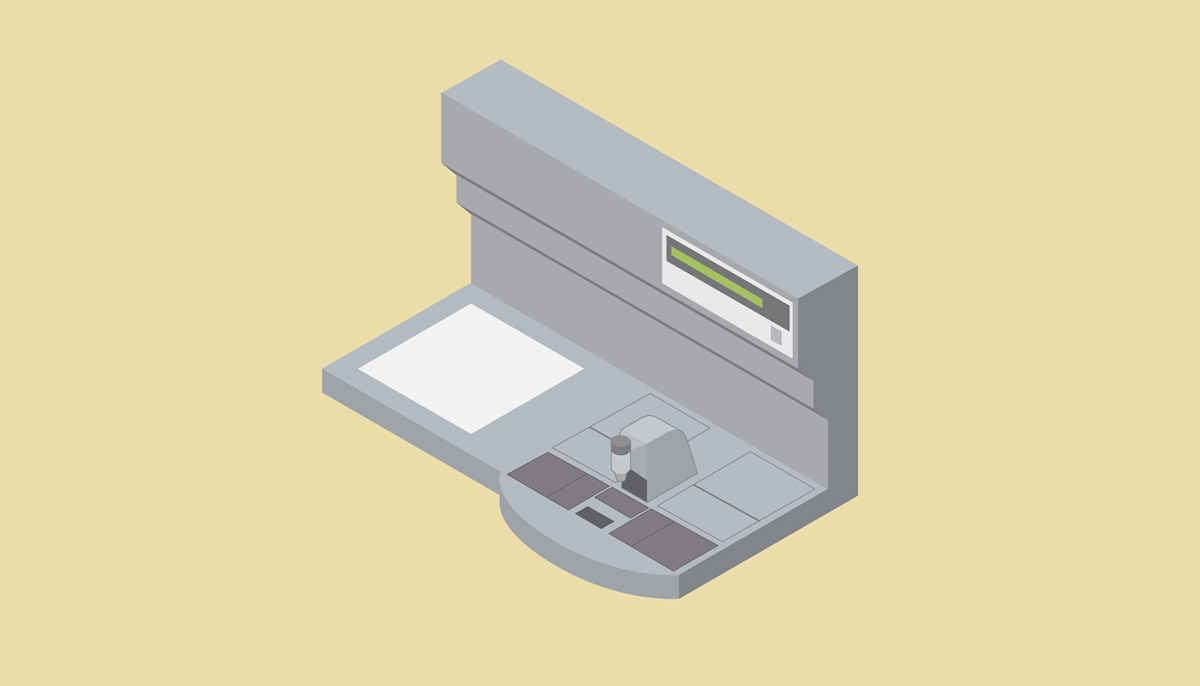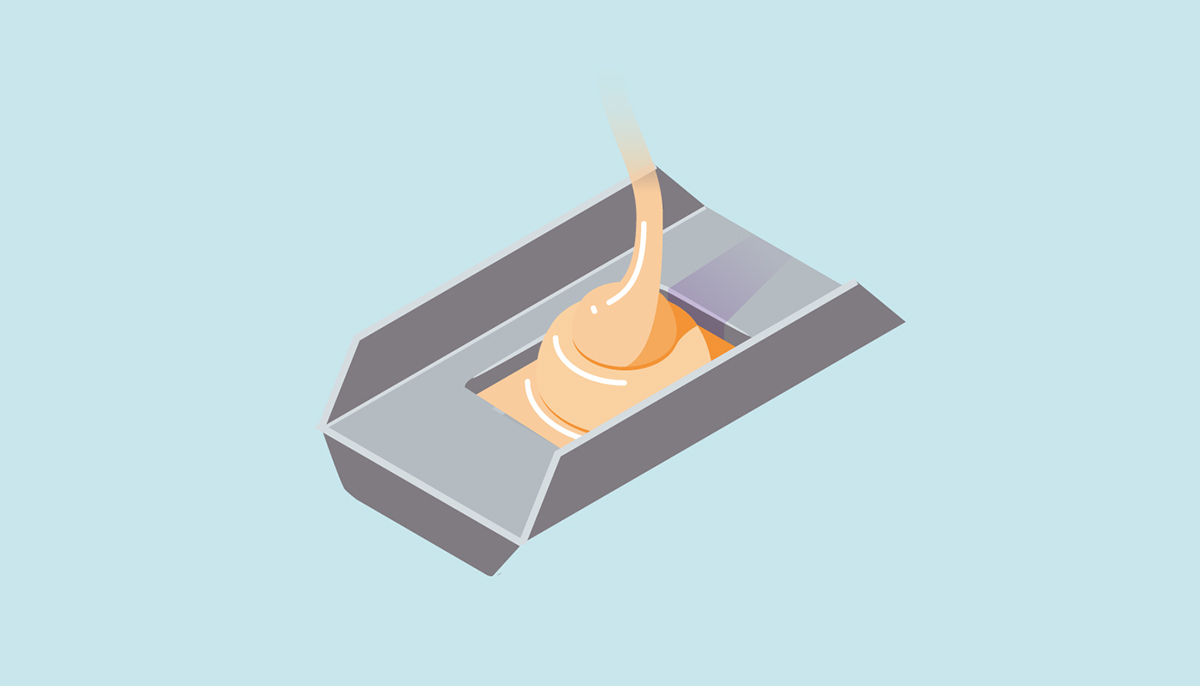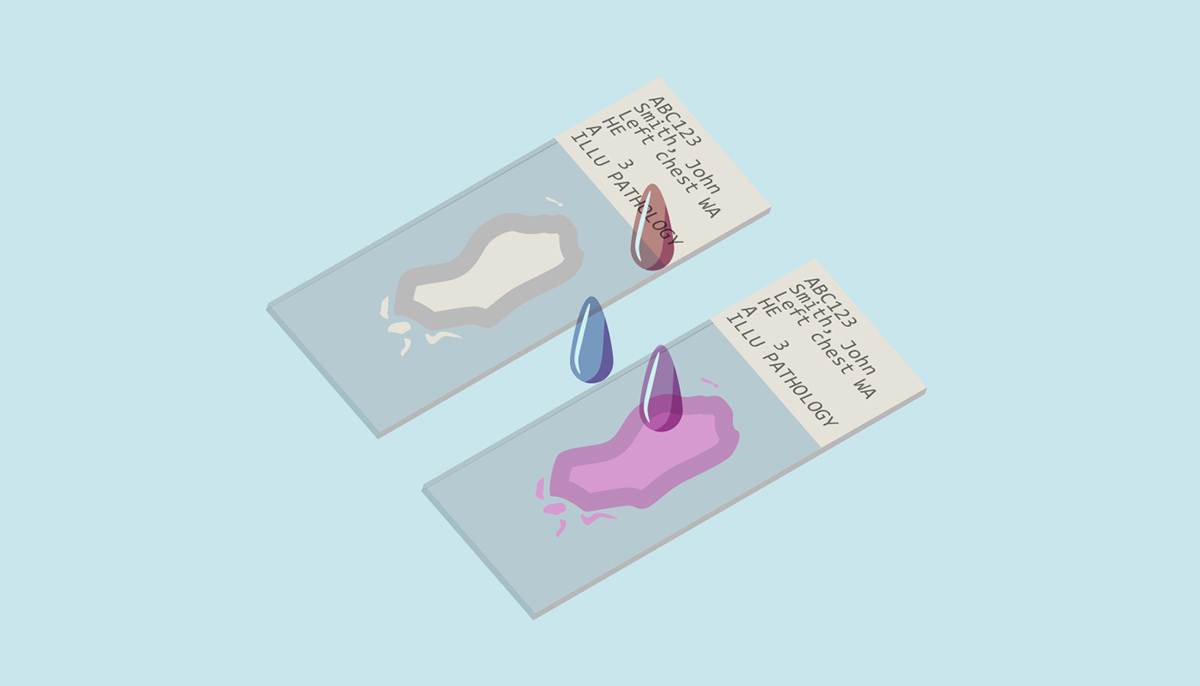
CLIENT
Dr. Richard Oparka, MBChB, FRCPath
Department of Histopathology, University of Dundee School of Medicine
Dr. Richard Oparka, MBChB, FRCPath
Department of Histopathology, University of Dundee School of Medicine
DESCRIPTION
Each year new medical and life sciences students enter the hospital's pathology lab to learn about their step-by-step process on how they process specimens and obtain results. Dr. Oparka, also the teaching lead of pathology, was looking for a visual resource that illustrates each step. This was when he came to me to discuss the possibility of creating a poster that's not only educational but also fun and eye-catching for his student audience.
Each year new medical and life sciences students enter the hospital's pathology lab to learn about their step-by-step process on how they process specimens and obtain results. Dr. Oparka, also the teaching lead of pathology, was looking for a visual resource that illustrates each step. This was when he came to me to discuss the possibility of creating a poster that's not only educational but also fun and eye-catching for his student audience.
APPROACH
I proposed that we go with a flat illustrative style that can not only illustrate the various steps needed but keep the overall design clean as well as effectively outline each step.
Copy written by Dr. Richard Oparka
Histopahology imagaing provided by Dr. Richard Oparka
Design and illustrations by Annie Campbell
I proposed that we go with a flat illustrative style that can not only illustrate the various steps needed but keep the overall design clean as well as effectively outline each step.
Copy written by Dr. Richard Oparka
Histopahology imagaing provided by Dr. Richard Oparka
Design and illustrations by Annie Campbell
POSTER IS AVAILABLE FOR PURCHASE ON REDBUBBLE

Booking in and labelling specimen by laboratory personnel

Specimen container with barcode for identification

Gross examination, recording and cutting of specimen carried out by pathologist

Cut specimens are placed in small, labelled containers called cassettes.

Cassettes are placed into a processor overnight

Processor gradually removes water from the specimen

Processed tissue fragments are taken out of the processor and cassettes and transferred to a tissue embedding station.

Specimen segments are then embedded in paraffin wax blocks that harden at room temperature.

Wax blocks are then transferred to a microtome station.

The microtome cuts the wax blocks into extremely thin slices.

Thin specimen slices are placed on a slide and put through an automatic slide coverslipper before being put through a stainer.

The specimen slides are stained with eosin (red) and haematoxylin (blue).

Once stained the slides are then ready for review by the pathologist through a microscope. They will then be able to make a diagnosis or undertake further techniques to aid in diagnosis.






